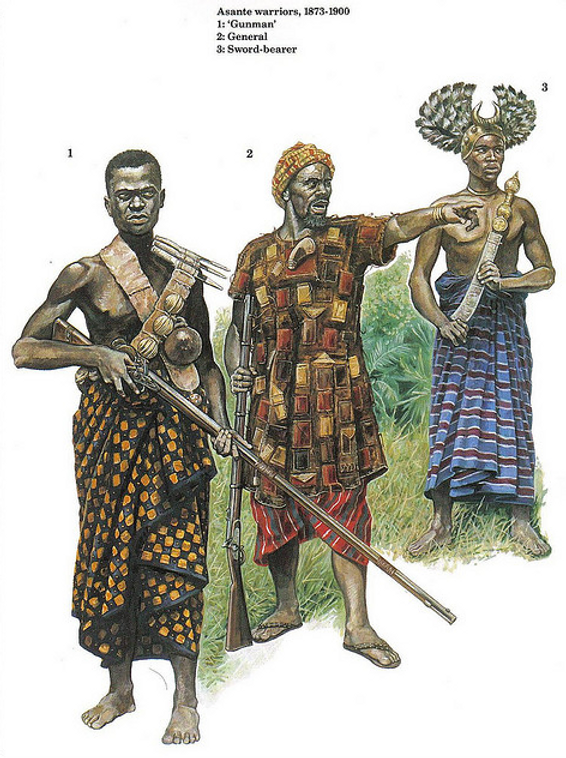
In this series we are embarking on a pioneering corpus aim to highlight the rich history of some of the varied African tribes or people groups, their impact on African and world history, legacies and stories that matter. Studies have shown that the African continent contains the highest genetic diversity of any place in the world and population genetics theory predicts that the highest level of diversity exists at the source of the population’s origin. For humans, that is Africa — with respect to Africa being the cradle of humanity — the birth place of humankind. As the second largest continent, Africa is home to more countries than any other continent in the world and more tribes or people group than any other continent not to mention the highest variation in language with more than 2,000 distinct languages, Africa has a third of the world’s languages. The Yoruba are[…]






